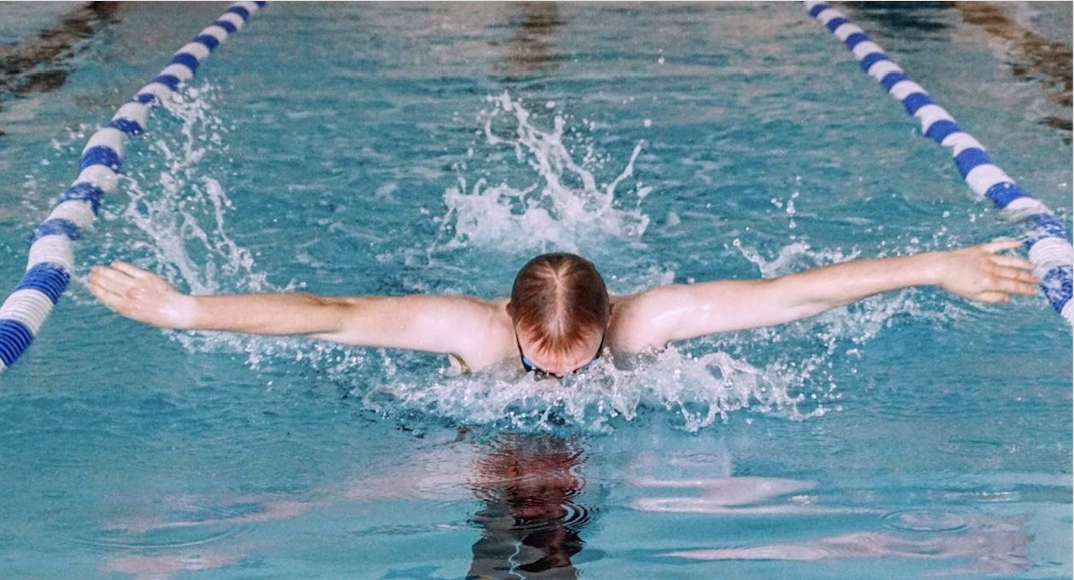
05 Jul Strength Training for Swimming Power and Speed Gains
If your arms and shoulders are getting tired early in your swim, or you’re not seeing the pace improvements you’d like, then addressing your strength training regime is an excellent idea. The main upper body muscles which will boost your swim are the lats, pecs, triceps and core. For the lower body focus on the big muscle groups, the quads, hamstrings and glutes.
The lats are the large central muscles on either side of the back. They are involved in the pull phase of all strokes, and increasing their strength will give you a serious power boost. Furthermore, if your shoulders are feeling the majority of the burn in a session, chances are that you’re not engaging the lats enough during your swim. Try to fully extend the arm and actively catch the water, rather than letting your hand slide through the pool. Exercises to add to your routine: lat pulldown, bent over rows, pull ups.
The pectoral muscles are at the top of the chest. Strong pecs aid stability, particularly in breaststroke and freestyle, giving a better body position and reducing fatigue. Exercises to add to your routine: bench press, pec fly, push ups.
The triceps, at the back of the upper arm, enable you to pull the arm back all the way to the hip in freestyle, backstroke and fly. Weak triceps will result in a shorter stroke, and therefore less efficient swimming. Exercises to add to your routine: tricep extensions, dips, tricep push ups.
The most imperative muscle group for positioning in the water is the core. Not just consisting of the abs, but also the obliques, erector spinae (a set of back muscles next to the spine) and the pelvic floor, a strong core will enable you to maintain a streamlined position in the water. Exercises to add to your routine: plank, side plank, hip bridge.
Lastly, don’t forget your legs! They play a crucial role in both propulsion and hydrodynamics. You don’t want tired legs dragging you down. Maintain a good level of strength in your quads (front of the thigh), hamstrings (back of the thigh) and glutes (butt) to power your kicks, turns and dives. Exercises to add to your routine: leg extension, leg curl, lunges, squats, glute kick-backs.
Up your strength regime and you’ll soon be upping your game in the pool too.
This post was written by Harriet, a teacher at Neil Bailey Swimming.
Harriet is a freelance personal trainer and swimming teacher with over ten years of experience. She believes that swimming should be accessible to everyone and especially that age is no barrier to learning. Out of the pool Harriet specialises in pelvic floor and core rehabilitation, and has a keen interest in women fitness and training special populations. In her spare time, she can be found club swimming, cycling or in the weights room.


